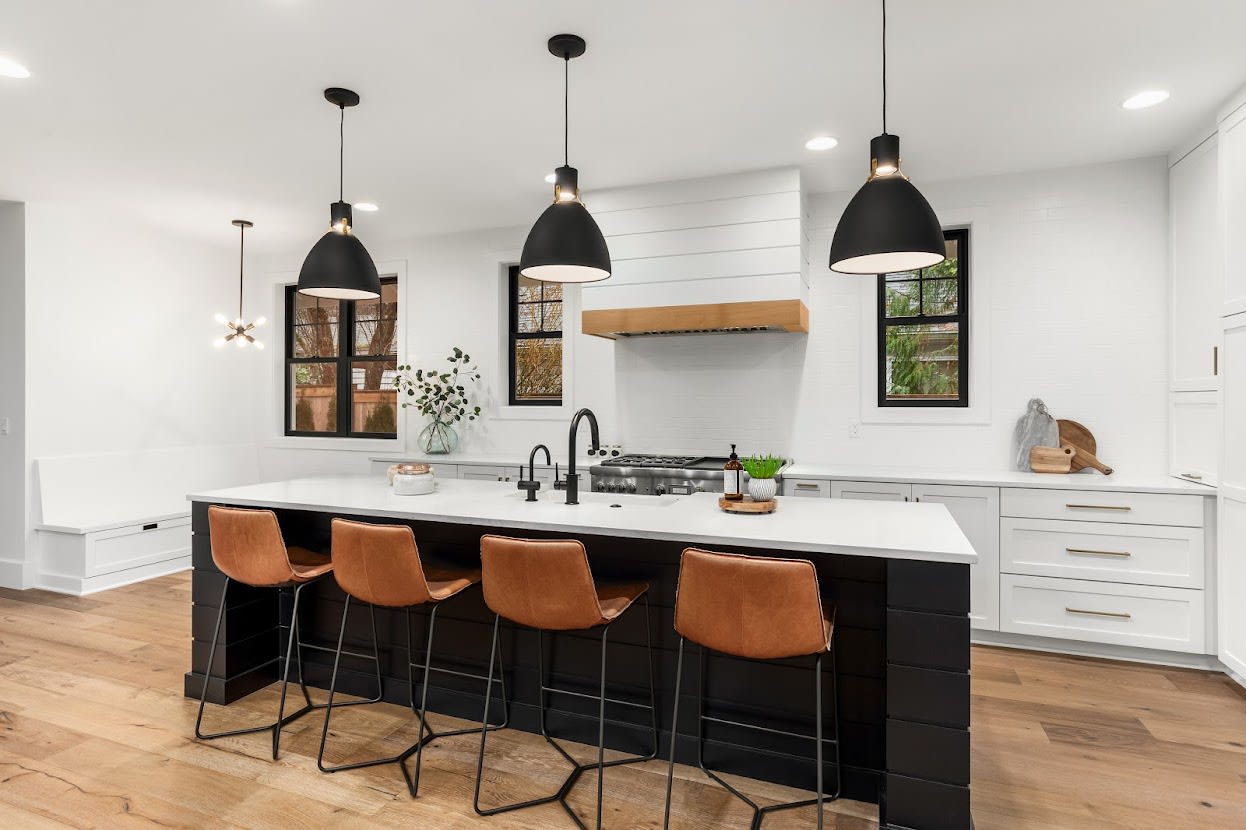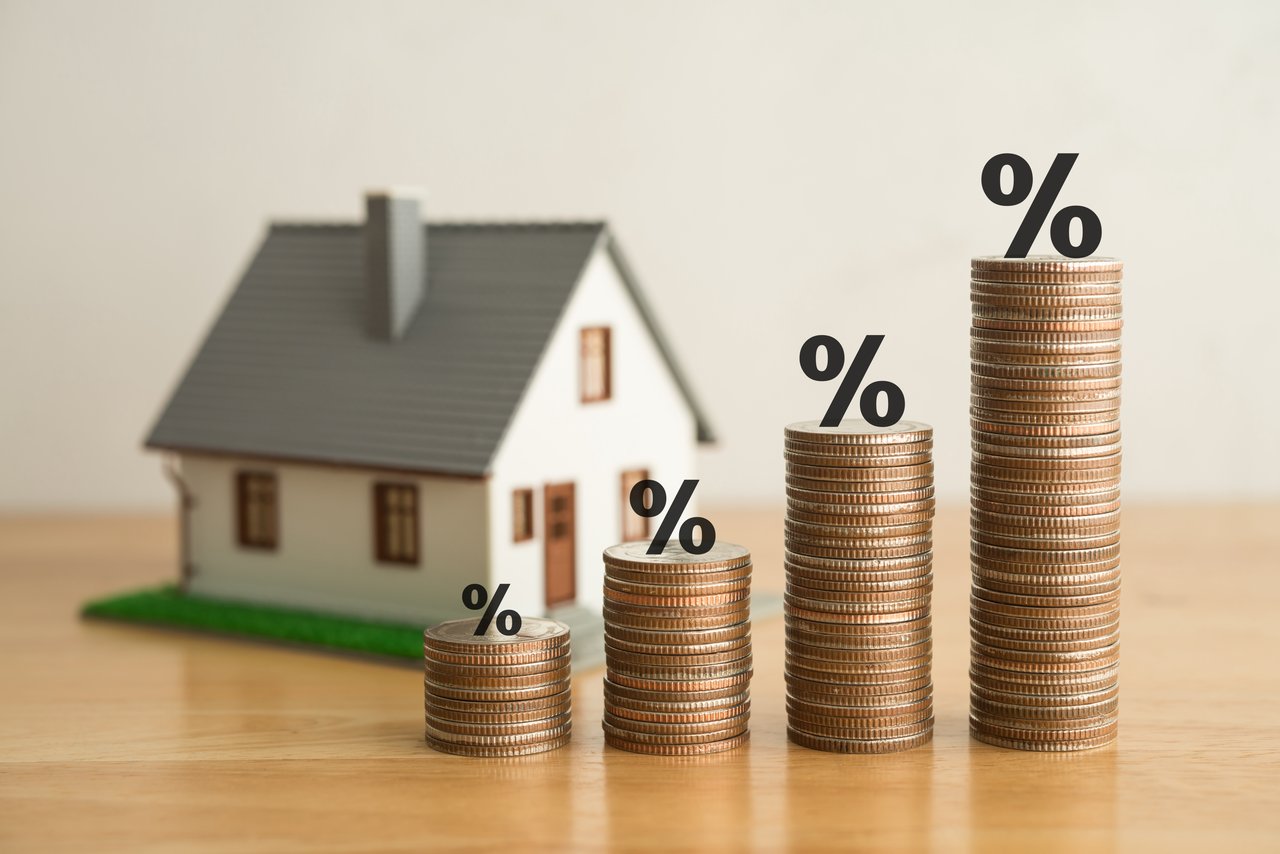Twin Cities Housing Market: October + November - 2020
You can track the Twin Cities housing market data here. You can track mortgage rates here. You can track homebuilder confidence here.
The median home price held at a record high of $315,000 in October while mortgage rates continued to fall, inventory continued to hit record lows (seasonally adjusted) and home-builder confidence almost jumped off the chart to set another record high.
So far, the pandemic and the government and central banking responses to the pandemic have caused housing market distortions in three primary ways.
1) Record Low Mortgage Rates: In March, the Federal Reserve launched an unprecedented expansion of its balance sheet buying up long-term debt pushing long-term interest rates (which includes mortgage rates) to all-time lows which have boosted the affordability of mortgage debt, spurring demand.
2) Waves of City Dwellers Moving to the Suburbs: Both the reduced desire for and the reduced availability of city activities such as the arts, sporting events, nightclubs, restaurants, live music, etc. have reduced the usefulness of living in the city. The work-from-home phenomenon has significantly reduced commuting frequency which has also reduced the relative usefulness of living in the city. The stay-at-home and socially distanced culture has pushed people outdoors. Since city properties tend to be smaller lots of between .1 and .2 acres or condos with zero land, people have been looking to the suburbs where lots tend to be larger and where there is more space to be socially distanced. This wave has caused the suburbs to receive a relative boost and the inner-city neighborhoods, especially downtown and Minneapolis Lakes, to take a relative hit.
3) Downward Pressure on Inventory: The fear of virus transmission and just the overall concern over moving amidst a pandemic have caused people to postpone moving which has put downward pressure on the already low inventory level.
Analyzing the Monthly Data
Mortgage Rates: Mortgage rates in the U.S. continued to fall into record-low territory through October and November and currently sit at 2.84% for the average 30-year fixed mortgage.
Home Builder Confidence: The NAHB housing market index in the US increased to an all-time high of 90 in November 2020 from 85 in the previous month and above market forecasts of 85. The construction market has been supported by record-low mortgage rates and higher demand for suburban houses as people are moving away from big cities due to the coronavirus pandemic.
Closed Sales: The Twin Cities market had 6,244 closings in October which is down 10% over the past two months but up a whopping 14%, year over year.
The Median Home Price: The median home price moved back up to $315,000 for closings in October after a slight dip to $310,000 in September. That is up a massive, 13%, year over year and remains a record high for the Twin Cities marketplace.
New Listings: 6,765 new listings hit the market in October. That is down 15%, month over month, but up 15%, year over year.
Homes for Sale: Despite the strong seasonal listing volume, the home inventory level continued to decline in October as the month ended with only 8,068 active listings. That is down 14%, month over month, down 35%, year over year, and down a whopping 47% from 5 years ago.
Pending Sales: Pending sales volume continued to slow through September and October with 6,174 homes, condos and townhouses having fallen under contract in October. That is down 16% over the past two months but still up 20%, year over year.
Showing Activity: Showing activity overall has returned to normal and is now almost perfectly mirroring year-over-year activity. Click Here.
Mortgage Delinquency in the US: Because there is a moratorium on foreclosure currently in place, delinquent owners are not being forced to catch up on payments, refinance, or sell. Until that moratorium expires, it will be difficult to derive anything specific from the delinquency data, so we are going to suspend our reporting on mortgage delinquency until the information becomes more relevant.
So long as the cost of taking on mortgage debt continues to fall, the ease of taking on mortgage debt continues to expand and home prices continue to rise, delinquency is not likely to evolve into a foreclosure crisis, as people will continue to have the option of refinancing (given higher values and lower rates) or selling to capture equity. If home prices stop rising in a meaningful way, mortgage rates start rising in a meaningful way, lending standards begin to tighten in a meaningful way, or any combination thereof, the risk of a foreclosure crisis will be back on and we will resume analysis of mortgage delinquency data
So far, the pandemic and the government and central banking responses to the pandemic have caused housing market distortions in three primary ways.
1) Record Low Mortgage Rates: In March, the Federal Reserve launched an unprecedented expansion of its balance sheet buying up long-term debt pushing long-term interest rates (which includes mortgage rates) to all-time lows which have boosted the affordability of mortgage debt, spurring demand.
2) Waves of City Dwellers Moving to the Suburbs: Both the reduced desire for and the reduced availability of city activities such as the arts, sporting events, nightclubs, restaurants, live music, etc. have reduced the usefulness of living in the city. The work-from-home phenomenon has significantly reduced commuting frequency which has also reduced the relative usefulness of living in the city. The stay-at-home and socially distanced culture has pushed people outdoors. Since city properties tend to be smaller lots of between .1 and .2 acres or condos with zero land, people have been looking to the suburbs where lots tend to be larger and where there is more space to be socially distanced. This wave has caused the suburbs to receive a relative boost and the inner-city neighborhoods, especially downtown and Minneapolis Lakes, to take a relative hit.
3) Downward Pressure on Inventory: The fear of virus transmission and just the overall concern over moving amidst a pandemic have caused people to postpone moving which has put downward pressure on the already low inventory level.
Analyzing the Monthly Data
Mortgage Rates: Mortgage rates in the U.S. continued to fall into record-low territory through October and November and currently sit at 2.84% for the average 30-year fixed mortgage.Home Builder Confidence: The NAHB housing market index in the US increased to an all-time high of 90 in November 2020 from 85 in the previous month and above market forecasts of 85. The construction market has been supported by record-low mortgage rates and higher demand for suburban houses as people are moving away from big cities due to the coronavirus pandemic.
Closed Sales: The Twin Cities market had 6,244 closings in October which is down 10% over the past two months but up a whopping 14%, year over year.
The Median Home Price: The median home price moved back up to $315,000 for closings in October after a slight dip to $310,000 in September. That is up a massive, 13%, year over year and remains a record high for the Twin Cities marketplace.
New Listings: 6,765 new listings hit the market in October. That is down 15%, month over month, but up 15%, year over year.
Homes for Sale: Despite the strong seasonal listing volume, the home inventory level continued to decline in October as the month ended with only 8,068 active listings. That is down 14%, month over month, down 35%, year over year, and down a whopping 47% from 5 years ago.
Pending Sales: Pending sales volume continued to slow through September and October with 6,174 homes, condos and townhouses having fallen under contract in October. That is down 16% over the past two months but still up 20%, year over year.
Showing Activity: Showing activity overall has returned to normal and is now almost perfectly mirroring year-over-year activity. Click Here.
Mortgage Delinquency in the US: Because there is a moratorium on foreclosure currently in place, delinquent owners are not being forced to catch up on payments, refinance, or sell. Until that moratorium expires, it will be difficult to derive anything specific from the delinquency data, so we are going to suspend our reporting on mortgage delinquency until the information becomes more relevant.
So long as the cost of taking on mortgage debt continues to fall, the ease of taking on mortgage debt continues to expand and home prices continue to rise, delinquency is not likely to evolve into a foreclosure crisis, as people will continue to have the option of refinancing (given higher values and lower rates) or selling to capture equity. If home prices stop rising in a meaningful way, mortgage rates start rising in a meaningful way, lending standards begin to tighten in a meaningful way, or any combination thereof, the risk of a foreclosure crisis will be back on and we will resume analysis of mortgage delinquency data



